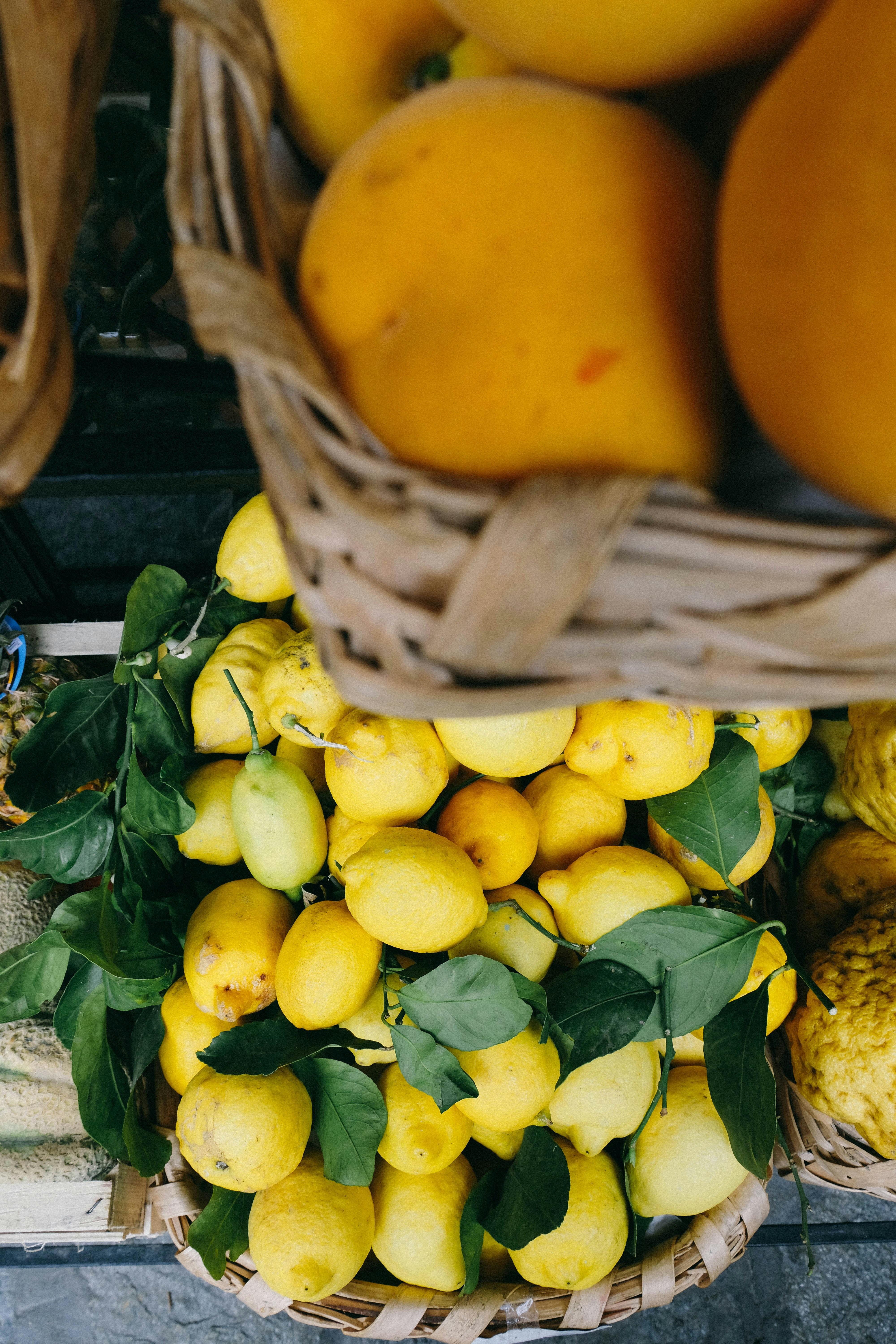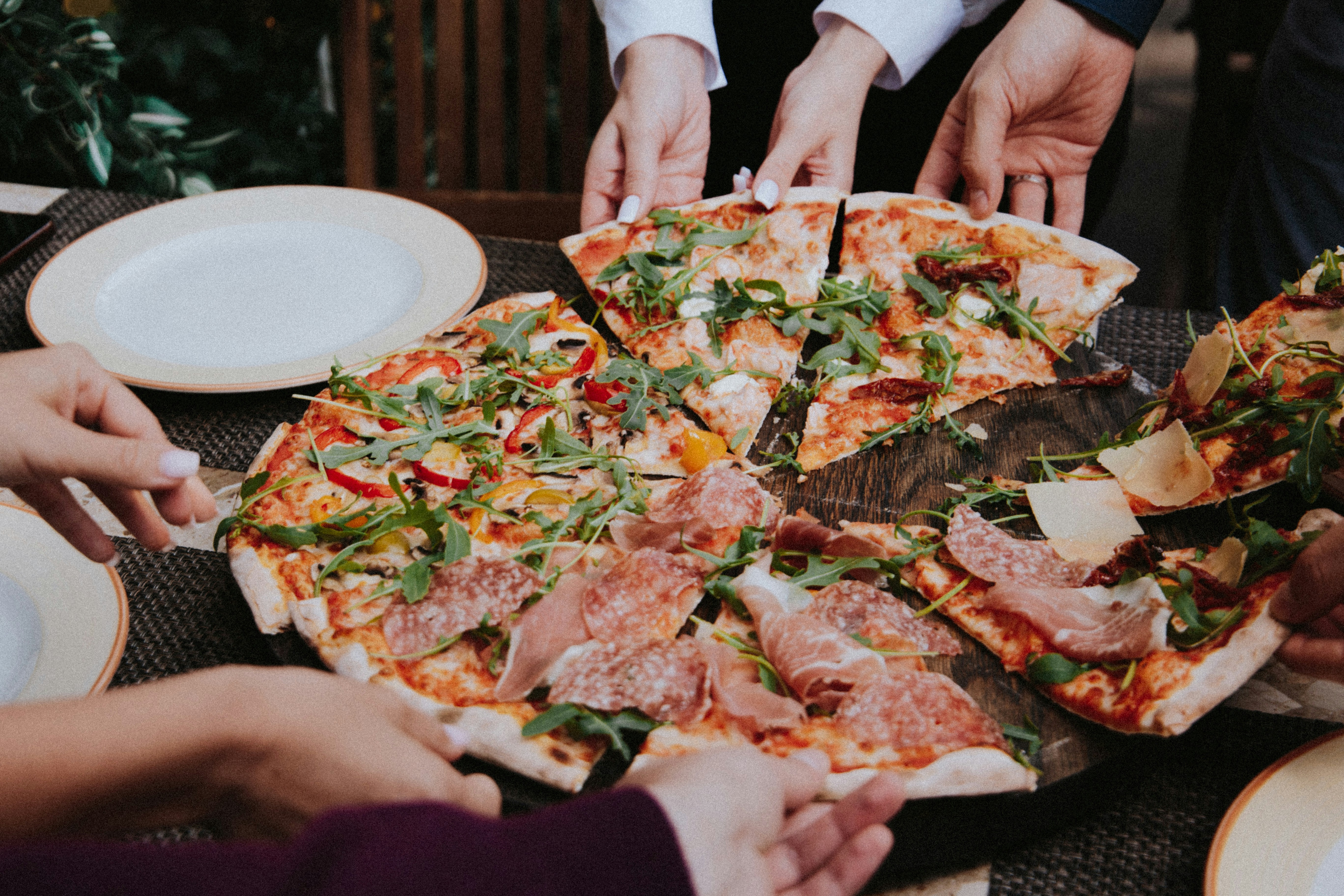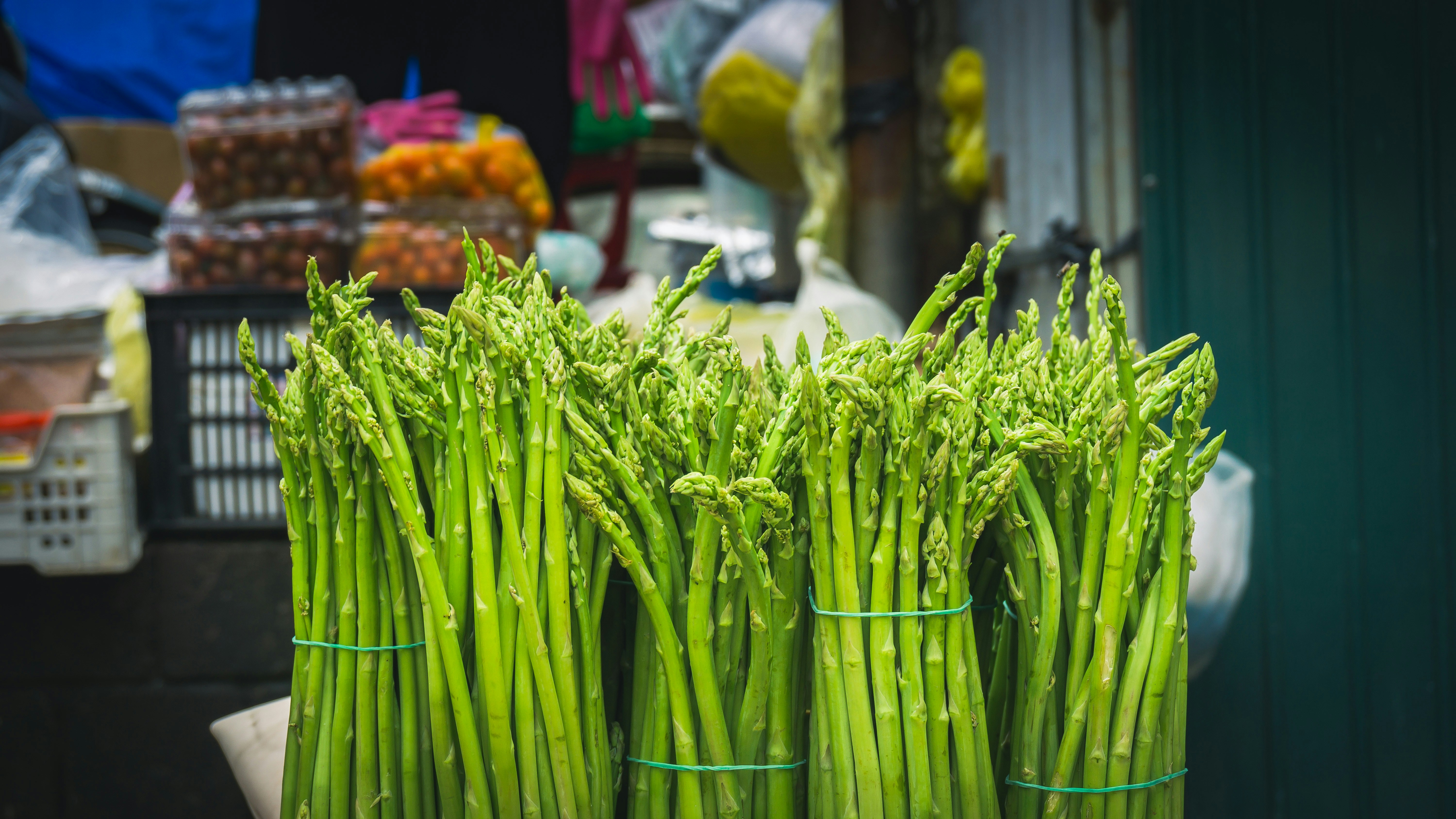
When we think of Italy, we often picture long pasta lunches, late-night gelato, and indulgent aperitivos. And yet — Italians consistently rank among the healthiest and longest-living people in the world. So what’s their secret?
It turns out the Italian approach to food is not about restriction or guilt. It’s about balance, joy, and deep cultural habits that naturally support well-being. Let’s break it down.

Italy is one of the leading examples of the Mediterranean diet, a pattern now recommended by researchers worldwide for its benefits in heart health, metabolic function, and longevity.
Here’s what that looks like in daily life:

Italians don’t obsess over numbers. Instead, they practice natural portion awareness through mindful eating:
Pro tip: Use smaller plates and avoid multitasking while eating. It helps your brain register satisfaction before you overeat.

Here’s something Italians know that many diet trends forget: food is meant to be enjoyed.
Sharing a meal with family, lingering over espresso, savoring the aroma of fresh herbs — this is all part of digestion and satisfaction. Pleasure from eating actually lowers cortisol (your stress hormone), which in turn supports weight regulation and better gut health.
.jpg)
Yes, Italians eat pasta. Often daily. But here’s how they do it:
.jpg)
One of the biggest keys to Italian wellness? They move naturally throughout the day:
This low-intensity, high-frequency movement keeps metabolism active and joints healthy without needing intense exercise routines.

In Italy, food is often grown nearby, eaten in season, and bought fresh from open-air markets. There’s less packaged food, fewer additives, and more attention to quality.
You can replicate this by:

The Italian diet is more than just food — it’s a lifestyle that values quality over quantity, pleasure over pressure, and consistency over intensity.
You don’t need to speak Italian or live in Tuscany to eat this way. Start with small, joyful changes:
Your body will thank you — not just with better digestion or weight balance, but with a greater sense of ease, vitality, and connection to life.